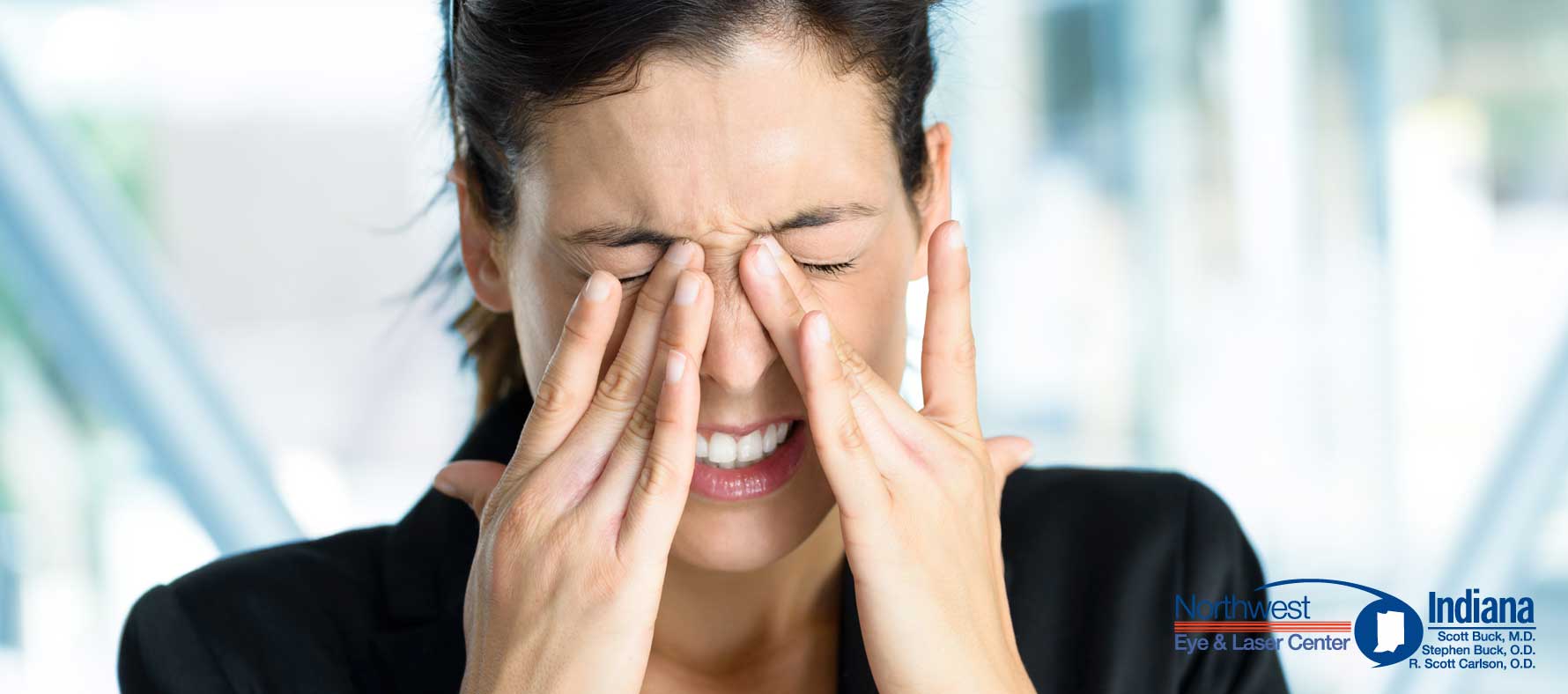
Itchy, Watery Eyes and Eye Allergies
Itchy watery eyes and eye allergies are a very common problem we see at Northwest Indiana Eye & Laser Center especially during pollen and ragweed season. The eye doctors at Northwest Indiana Eye & Laser Center provide exams, diagnosis and treatment of Eye Allergies and Allergic Conjunctivitis problems and symptoms including red, itchy watery eyes. Eye allergies and allergic conjunctivitis are extremely common-especially in northwest Indiana at certain times of the year when pollen and ragweed counts are high. In fact, as many as 50 million Americans suffer from allergies, with allergic reactions involving the eyes causing common complaint. An allergic reaction that affects the Conjunctiva, which is the clear layer of skin overlying the eyes, is commonly referred to as Allergic Conjunctivitis.
Allergic, or “hay fever”, Conjunctivitis is most commonly seen in geographic areas with a high incidence of seasonal allergies. The most common types are Seasonal Allergic Conjunctivitis (SAC) and Perennial Allergic Conjunctivitis (PAC). SAC and PAC are triggered when a person is exposed to an allergen, most often one that is airborne. In other words, if you are allergic to a particular substance and then come into contact with it, you experience an allergic reaction, i.e. itching, sneezing.
Symptoms often develop rapidly after exposure to the allergen and include itching, tearing, burning, red eyes, mucus discharge, and eyelid swelling. The Conjunctiva is the same type of skin that lines the inside of the nose. Therefore, the same allergens can cause similar types of allergic reactions in both the eyes and the nose. The most common forms of allergens include pollen from grass, trees and weeds as well as dust, molds, and pet dander.
Although the actual symptoms of SAC and PAC are pretty similar they tend to occur at different times:
You can further improve your condition if you do some or all of the following:
Of course avoidance of the allergen(s) is not always easy or possible. If the symptoms do develop, you can try any of the following therapies either alone or in combination:
For mild cases of PAC and SAC, annual follow-up visits with an eye doctor may be appropriate and a good idea. For more severe cases of PAC or SAC, or if the mild symptoms become worse or more troublesome, more frequent visits with an eye doctor may be needed.